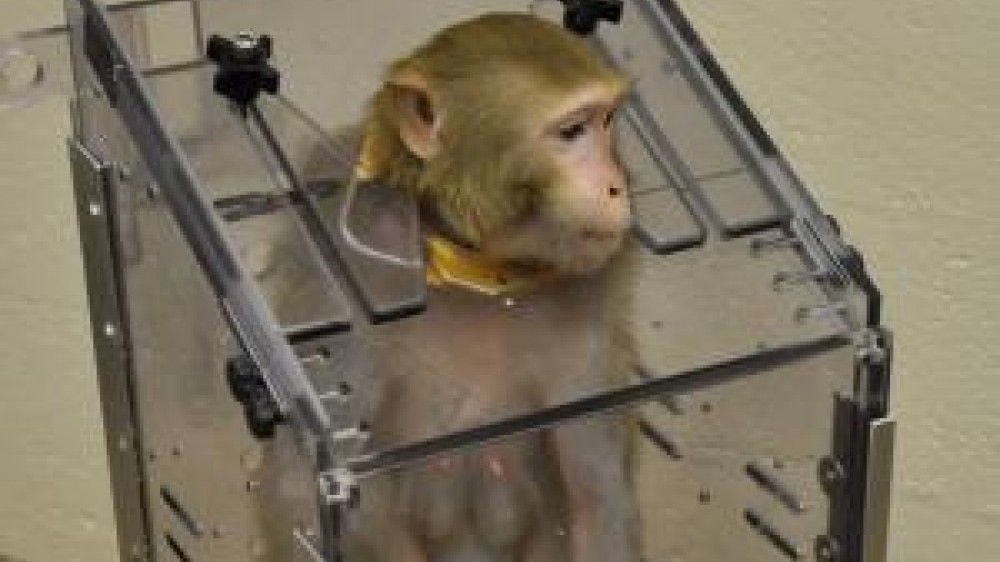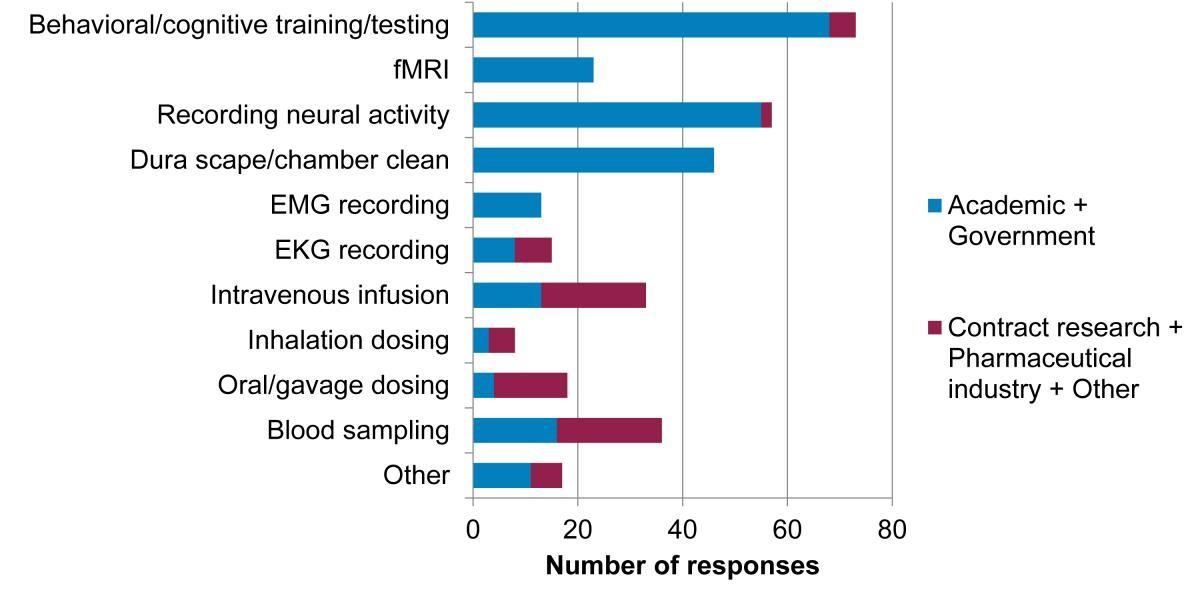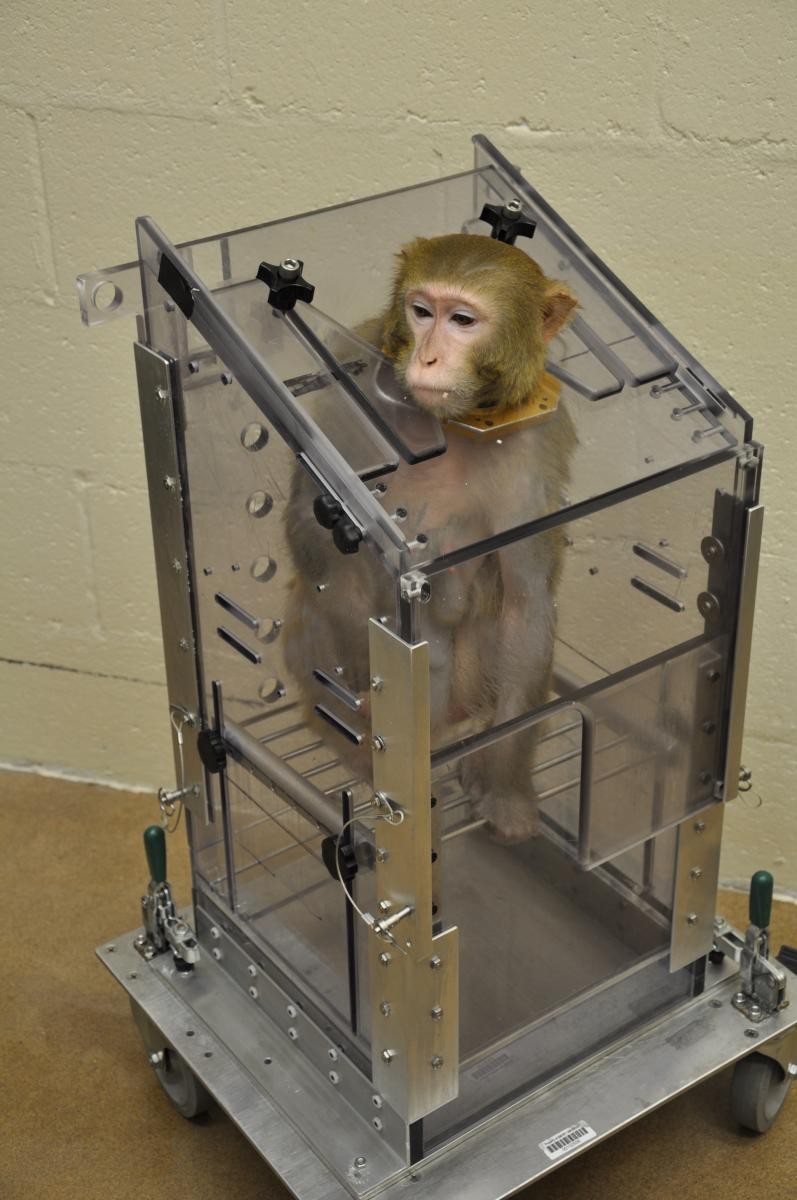First ever survey of approaches to monkey chair restraint

In a transatlantic collaboration, scientists from the NC3Rs and the Yerkes National Primate Research Center at Emory University, Atlanta, Georgia have conducted the first ever survey of the approaches used for training monkeys for chair restraint.
The results are published today in the journal Comparative Medicine.
Specifically designed “restraint chairs” are the most common method of restraint for various research studies that require macaques to “sit” in place for sustained periods of time. Although widely used in academic and government laboratories for neuroscience studies, and in the pharmaceutical and contract research industry for dosing and sampling procedures, very little published information is available about their use.
The survey aimed to obtain an overview of current practice, including the equipment and methods used for preparing monkeys for chair restraint procedures, the challenges involved, and plans for improvement. Responses were received from 101 laboratories in the academic, government, contract research and pharmaceutical industry sectors in the Americas (62), Europe (33) and Asia (6).

Figure: Responses from survey respondents to the question: “What procedures are being conducted with the monkeys when restrained in the chair? (tick all that apply)” (N=101).
The survey identified large variation in the types of chair used, the methods for transferring the monkey from the home environment into the chair, the time allowed to prepare the animals for chair restraint equipment before research procedures begin, and the roles of the personnel involved. For example, two-thirds of laboratories use an enclosed “box chair” design, where the monkey enters and is trained to extend his/her head through an opening on the top of the chair, and one-third use an “open chair” design, where manual handling or the pole-and-collar system is used to transfer and secure the animal into the chair.

Ensuring that the chair restraint process is as fully refined as possible will reduce any stress and discomfort to a minimum, ultimately facilitating good performance from the monkey and good quality scientific data. The authors conclude that there is a need for members of the non-human primate research community to work together to refine chair restraint procedures, and provide a number of recommendations for refinement. These include more pre-study training based on positive reinforcement techniques, standard operating procedures to increase consistency in animal training and monitoring, greater use of specialist training consultants and discussion of training procedures between laboratories, and the need for staff to have a better understanding of macaque behaviour.
To help support the community to make improvements, the authors are hosting an 8-hour workshop on training monkeys for cooperation with restraint at the 2017 AALAS National Meeting in Austin, Texas. For further details, visit the event website.
Subscribers to Comparative Medicine can access the full paper now. It will be available open access in February 2018. In the meantime, to order reprints please email the NC3Rs: enquiries@nc3rs.org.uk
McMillan J, Bloomsmith MA, Prescott MJ (2017) An international survey of approaches to monkey chair restraint. Comparative Medicine 67(5): 442-451.
